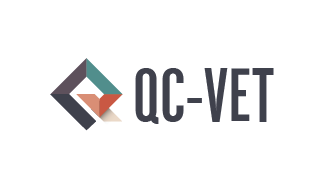Simplify the process and make changes
Reviewing the flow chart on how the process really works helps team member’s spot problems in the process flow and to identify required actions for rolling out a major improvement. They may locate steps or decision points that are redundant. They may find that the process contains unnecessary requirements / administrative rules etc. They may discover procedures that were installed in the past in an attempt to goof-proof the process after complaints or bad outcomes were experienced. All of these eat up scarce resources and might hinder not carefully planned actions. All of these might hinder effective implementation when one tries to enroll major improvement actions too and staff might consider your efforts again as mere bureaucracy. Besides identifying areas where resources are being wasted or extra attention is required for measures to be taken, the team may find a weak link in the process that they can bolster by adding one or more steps. But before stepping in to make changes in the process based on this preliminary review of the as-is flow chart, the team efforts might benefit from answering the following questions for each step of the process:
- Can this step be done in parallel with other steps, rather than in sequence?
- Does this step have to be completed before another can be started, or can two or more steps be performed at the same time?
- What would happen if this step was eliminated? Would the output of the process remain the same? Would the output be unacceptable because it is incomplete or has too many defects?
- Would eliminating this step achieve the process improvement objective?
- Is the step a work-around because of poor training or a safety net inserted to prevent recurrence of a failure?
- Is the step a single repeated action, or is it part of a rework loop, which can be eliminated?
- Does the step add value to the outcomes achieved by this process?






